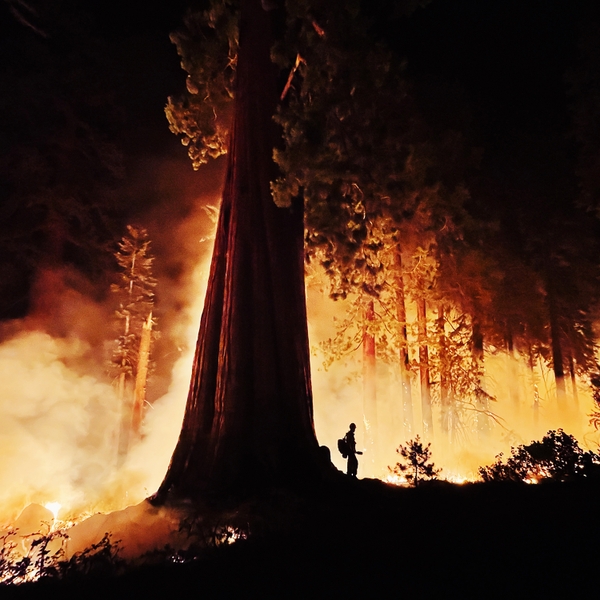To Save Sequoias from Wildfire, We Must Save Them from Ourselves
Once thought to be basically immortal, giant sequoias are dying in droves as fires burn bigger, hotter, and longer than at any other point in human history. Protecting them is possible, but managing western woods is a Pandora’s box of tough choices.
New perk: Easily find new routes and hidden gems, upcoming running events, and more near you. Your weekly Local Running Newsletter has everything you need to lace up! .
It’s not like my family actually went through the exercise of picking a spirit tree for each of us, but if we had, my parents would have picked coastal redwoods. My dad grew up in Larkspur, California, on San Francisco Bay, in a house built beneath redwoods so big that he, his three brothers, and his sister couldn’t have linked arms around them. My mom met my dad in Arcata, on California’s northern coast, where they went to Humboldt State University. Poor and crafty, and anxious to prove that they could make their way in the world, both took a job with an old logger who sold restored redwood timber. My mom graded milled boards according to the clarity and straightness of the grain. My dad salvaged old-growth trees that other loggers had cut and then left behind because they were too hard to recover.
He once used a choker cable and an International flatbed to pull a log thicker than an Airstream out of a ravine. The log was so heavy that the truck’s front wheels rose off the ground, threatening to flip my dad and the whole operation ass over teakettle. When he tells the story, he pretends he’s a Looney Tunes character, driving along happy and ignorant until suddenly he realizes there’s no ground beneath him.
If my brother, Garrett, picked a tree now, it would be a sequoia.







